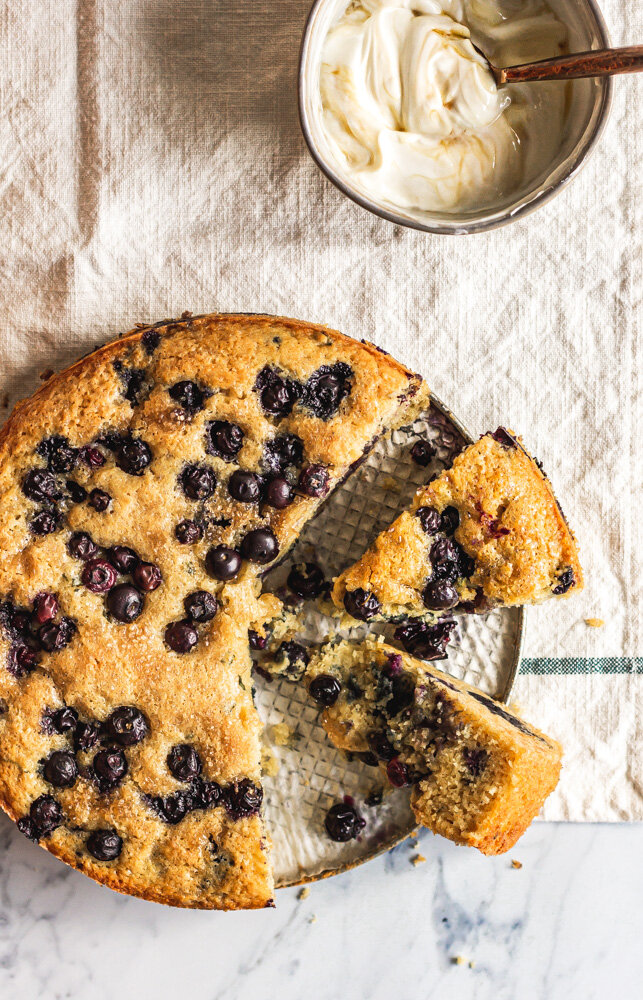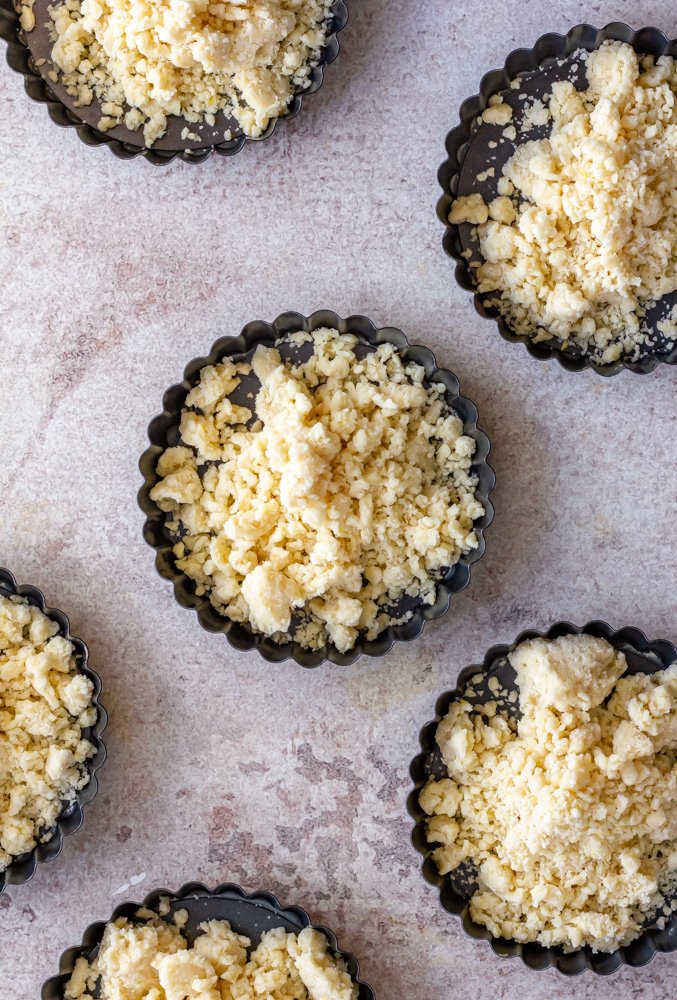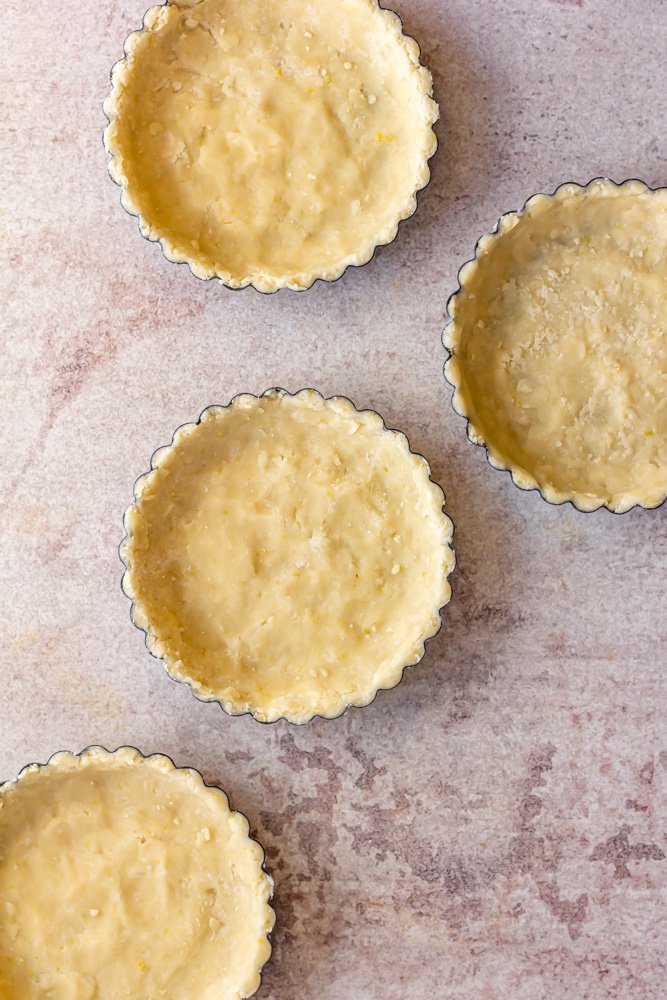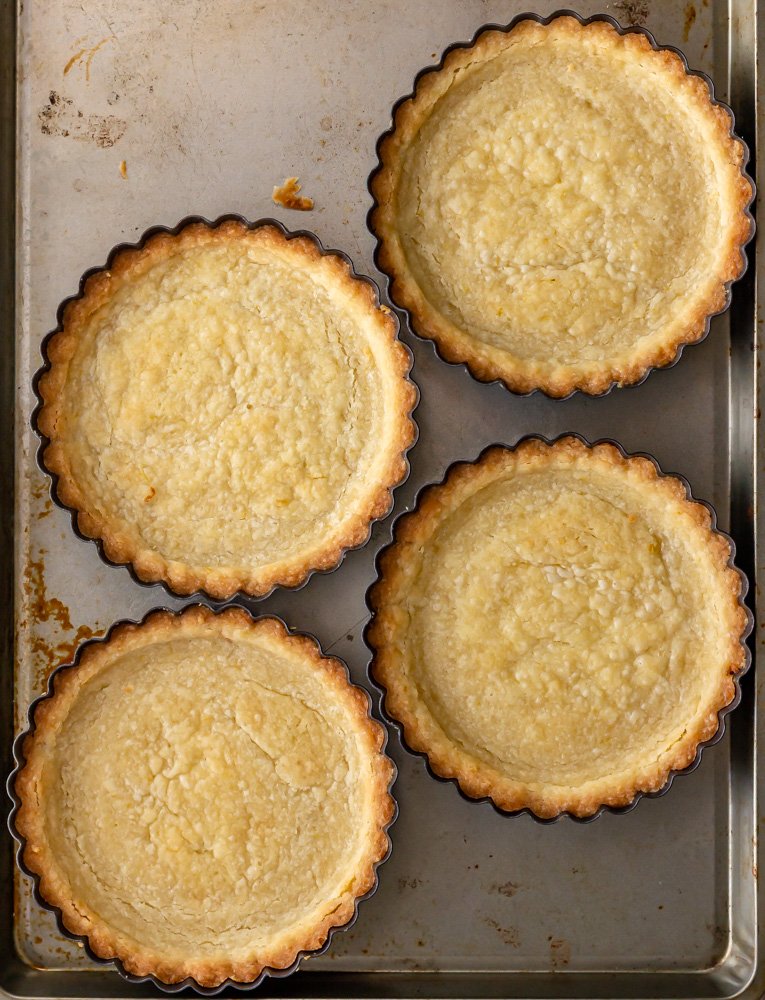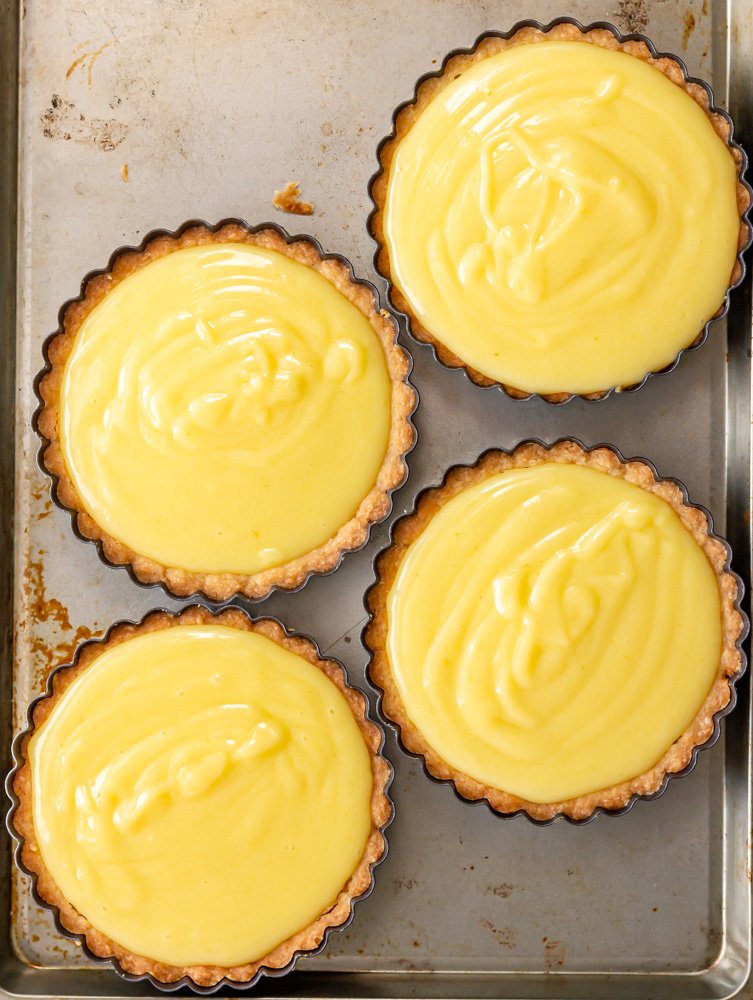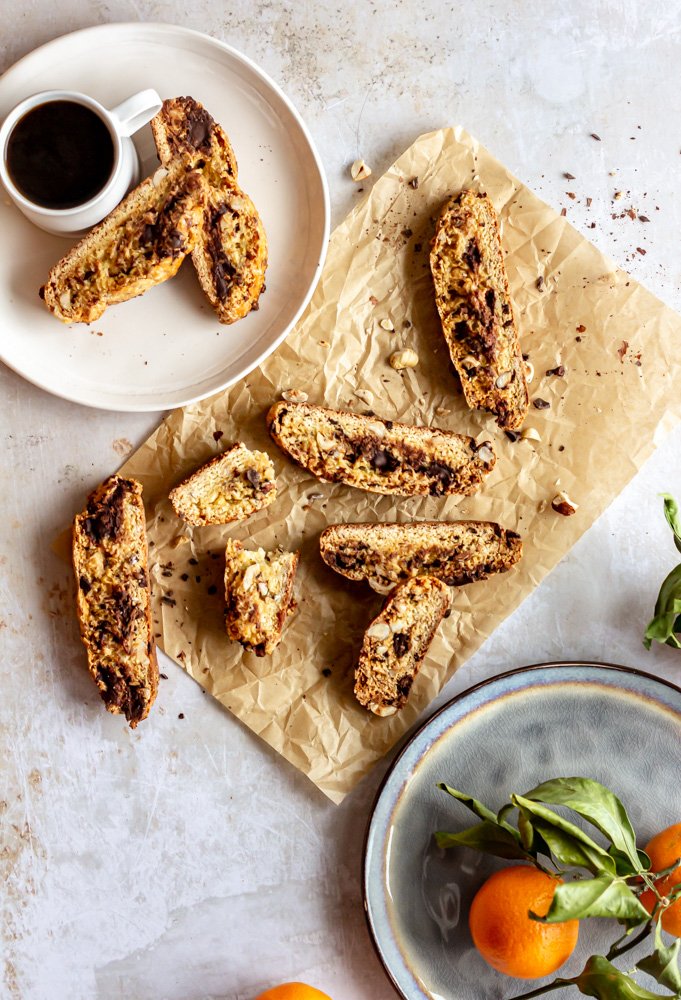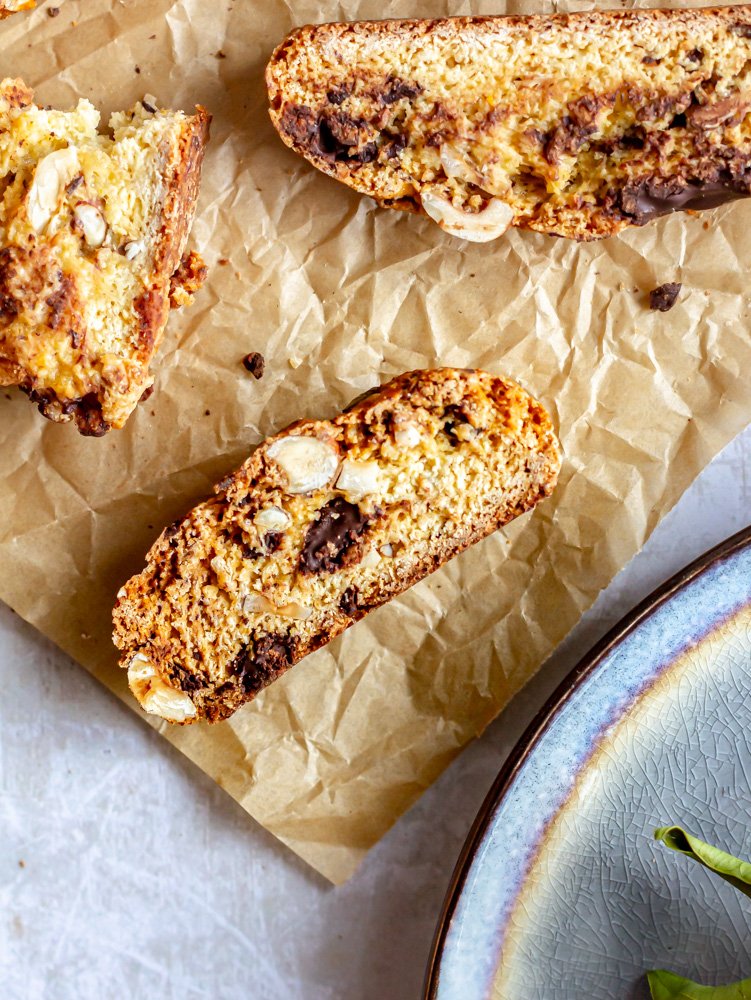Turmeric Citrus Snack Cake
/A simple and vibrant snack cake, filled with earthy Lakadong turmeric, bright winter citrus, and tangy fresh ginger. Feel free to substitute any fresh citrus in place of the navel oranges–blood oranges, cara cara oranges, or grapefruit would also work beautifully in this recipe.
turmeric citrus snack cake
This recipe is sponsored by Living Roots USA. All thoughts and opinions are my own. Thank you for supporting the businesses who support Gathered At My Table!
Hi! Hello! It’s been quite a while since I’ve posted a recipe here on my blog. In case you are new around here (welcome!), I’ve spent the last couple of years working on growing my weekly newsletter where new recipes are delivered straight to your inbox every single week. (You can sign up for that HERE, if you’re interested). But over the last few months, I’ve been combing through old recipes from here on these old blog archives and I’ve discovered sometimes I really miss my old school blogging. I love this website dearly and I’ve spent about six years building it page by page and recipe by recipe.
This recipe was one I developed a few weeks ago with Jonali from Living Roots USA and while I may sound dramatic in saying this, the process was life-giving. Thanks to my tiny toddler sidekick, I’ve cut dramatically back on the client work that I take on and instead have spent the last year and half or so developing recipes with little baby hands grabbing and mixing, cramming all of my photo shoots into the very small nap time window each day, and writing and editing after bedtime or in stolen hours throughout the day. My days are full and I love it and I’m grateful for the opportunity to do creative work AND stay at home, but I would be lying if I said that there weren’t moments where I really miss having the time to dive in and get my hands dirty, both literally and creatively speaking.
When Jonali reached out to me, generously sharing her vision and spices with me over the phone, something sparked in my creative subconscious and I started brainstorming recipes that I was giddy about developing. A few weeks later, I received a little box of Living Roots spices in the mail. Living Roots is a small spice and tea company based in Los Angeles run by friends Jonali and John. Their spices are sourced directly from farmers in a “harvest to table” approach where they get to know farmers and their families and ensure that each spice and tea is cultivated with care and attention to detail all while ethically supporting indigenous farmers all over the world. The care and passion that Jonali and John have can be felt in every single thing that they do—you can hear it in their voices when they speak about their work and taste in their spices.
The Lakadong Turmeric is vibrant and earthy, rich and lush in color and flavor and it enhances the flavor of everything it is added to do. The Pampore Kashmir Saffron is fruity and sweet and I’ve used it in everything from our family Sicilian Chicken Soup recipe to ice cream and shortbread cookies. And the Tura Black Pepper is pungent and peppery, complementing the turmeric perfectly and bringing out sharpness in everything from steak au poivre to my morning fried eggs.
This cake was such a fun project for me—it’s simple and easy to make, using only a few bowls and a whisk and it feels like a burst of sunshine on a plate. There’s a ton of fresh winter citrus and tangy grated ginger, plus a few cranks of black pepper to really bring out the vibrancy of the turmeric.
It’s been a long time since I’ve fully been able to immerse myself in the creative process and this cake is not only delicious, but through the creating and testing and styling process of it, I bumped into a little bit of myself that I hadn’t seen in a while. I think that is what makes food and recipes and spices and all that goes with it so special—that a simple cake has the ability to showcase the hard work of women like P. Nongdkhar from West Jaintia Hills, Meghalaya, India while also helping women like me capture little pieces of themselves again.

Turmeric Citrus Snack Cake
Ingredients
- 113 g (½ cup) unsalted butter
- 1 tsp Living Roots Lakadong Turmeric
- 100 g (½ cup) granulated sugar
- 54 g (¼ cup) brown sugar
- 1 tsp grated fresh ginger
- the zest of one medium navel orange*
- 250 g (2 cups) all purpose flour
- 1 ½ tsp baking powder
- ½ tsp baking soda
- 1 tsp kosher salt
- ⅛ tsp freshly cracked black pepper
- 180 ml (¾ cup) buttermilk
- 80 ml (¼ cup) orange juice
- 2 large eggs
- 1 tsp vanilla extract
- 1 medium navel orange, juiced and zested
- 1 tbsp unsalted butter, melted
- ¼ tsp Living Roots Lakadong Turmeric
- 125 g (1 cup) powdered sugar
- 1-2 tbsp heavy cream
Instructions
- Preheat the oven to 350° F and line a 9” round cake pan with parchment paper. Set aside.
- In a small saucepan set over medium heat, combine the unsalted butter and Living Roots Lakadong Turmeric. Cook, swirling frequently, until the butter has melted and turmeric is fragrant, about 2-3 minutes. Transfer to a small bowl and let cool to slightly while you prepare the rest of the ingredients.
- In a large bowl, combine the granulated sugar, brown sugar, grated ginger, and orange zest. Use your fingers to rub the aromatics into the sugar until fragrant.
- Add the flour, baking powder, baking soda, salt, and black pepper to the bowl with the sugars and whisk until well combined.
- In a large measuring cup or bowl, whisk together the buttermilk, orange juice, eggs, and vanilla until smooth.
- Pour the wet ingredients into the dry ingredients and whisk until no dry spots remain and you have a thick, smooth batter.
- Pour the batter into the prepared cake pan and bake for 35-40 minutes, until the cake is deeply golden, the sides of the cake begin to pull away from the pan, and the center of the cake springs back when touched. Let the cake cool completely before glazing.
- In a small bowl, whisk together the orange juice, orange zest, melted butter, and Living Roots Lakadong Turmeric.
- Add the powdered sugar and whisk until smooth, adding 1-2 tbsp of heavy cream as needed until the glaze reaches a thick, pourable consistency.
- Pour the glaze over the cooled cake, using a spoon or an offset spatula to smooth it into an even layer. Garnish with orange slices if desired before slicing and serving.








